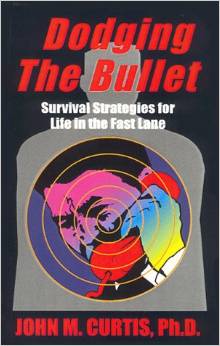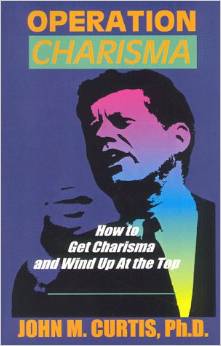Rising nearly 6,000 points since in March 23 low of 18,213.65. the Dow Jones Industrial Average and other market averages staged a remarkable Covid-19 rally, crawling back to under 20% of the record high Feb. 12 of 29,551.42. Yet the euphoria about beating the coronavirus AKA SARS CoV-2 or Covid-19 global pandemic has given way to the ugly reality of 14.7% unemployment and rising, with no real end in sight. Federal Reserve Board Chairman Jerome Powell, 67, recognized the economic calamity slashing interest rates to zero March 15, knowing the U.S. economy faced some challenging times ahead. Powell’s move and promise to restart another round to bond buying AKA “quantitative easing,” seems to reassure investors, only to watch the Dow plummet 11,337.77 points or 39%. Powell’s statements today caused the Dow to plunge over 600 points before down 518,81 at 23,247.97.
Market watchers have looked in disbelief as Wall Street rallied, hoping to stage an unending rally that now looks to unravel. “The market has had a very good rally off the low and I think it’s has priced in the economy reopening. I mean, I think we all have to remember that it sounds simple, but that’s not going to be clear . . .” said Morgan Stanley Investment Managing director Andrew Simmons, concerned that the market got ahead of itself. “It’s not going to be a clean reopening. So these levels just below 3,000 [On the S&P 500] until we get more clarity on the reopening,” said Simmons, meaning that there’s too much uncertainty about what happens when businesses open up. Wall Street got excited about the so-called curve flattening, now going down in terms of new Covid-19 cases and deaths. Simmons now predicts that reopening the economy might not bring in enough consumers.
Simmons, who manages $5.3 billion at Morgan Stanley, sees that funds could turn to short-selling, making profits out of put options, betting on the market going down. When the market climbed back to under 20% off its Feb. 12 highs, it was a matter of time before major funds would take profits, capitalizing on buying bargain-basement shares, hammered down on March 23, now unable to sustain the PE multiples based downgrades for the foreseeable future on corporate earnings. Speaking to the Senate’s Health, Education, Labor and Pensions, 80-year-old National Institutes of Health Infectious Disease Chief Dr. Anthony Fauci warned about opening up the country too soon. Fauci sees a potential double-dip Covid-19 outbreak in the fall, putting a damper on plans to reopen the country fully. Fauci was blasted today by Sen. Rand Paul (R-Ky.) for making false predictions.
Fauci and his colleague on the Vice President Mike Pence’s Coronavirus Task Force State Department immunologist Deborah Birx were instrumental in convincing 73-year-old President Donald Trump to issue March 19 nationwide “shelter in place” orders. Nearly six weeks later, the country’s economy is in shambles, with no one, including Powell, knowing how long it will take for economic recovery. Powell, who’s said the deadly coronavirus global pandemic presents unprecedented challenges to the Fed, talked about “lasting damage” today, triggering a market sell-off. Powell threw ice water on Trump’s expectations for a V-shaped recovery, looking more L-shaped now, with businesses starting in fits-and-stops. Powell sees dark clouds ahead for states, counties and cities, running out of cash. Washington may have zero choice but to bail out states, counties and cities that have run dry.
Over six weeks of the media hyping the dangers of the coronavirus, Powell knows that even if states open up, many individuals will stay sheltered in place or at least not patronize businesses right away. Powell thinks any economy recovery will take far longer that Wall Street initially expected, prompting markets to sell off to discount future share prices. After hearing Powell, Wall Street may start a new round of short-selling, knowing Price-to-Earnings [PE} multiples may be too high to sustain. “The market was pricing in a move toward negative rates but the Fed message has been very consistent and very clear since October,” BNY Mellon chief strategist Alicia Levine. How or why market thought Powell would let rates go negative is anyone’s guess. Powell has never said or hinted he would let U.S. interest follow Japan and Europe in the negative direction.
President Trump has a tough row-to-hoe convincing voters heading into November that there’s light at the end of the tunnel and he’s the best one to get the U.S. there. Voters usually aren’t too kind to incumbents with economic downturns let alone whopping recessions. But nothing’s conventional this year with the novel coronavirus ravaging the U.S. and global economy. Elected officials face a balancing act of opening up the country while trying to minimize unnecessary deaths from lingering disease. “The hopes for the V-shaped recovery have now been really pushed out for something that takes a little big longer. And what we heard today is that the Fed is more concerned that this is going to take longer for the U.S. recovery” said Levine. With Powell and Fauci spewing more doom-and-gloom, it was just a matter of time before Wall Street took profits, turning funds to short-selling over long-term plays.



